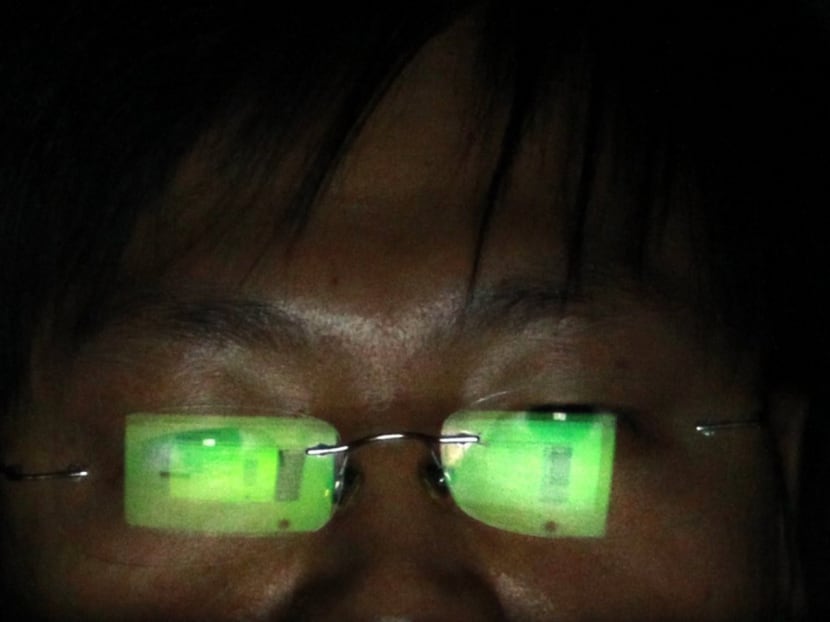1 in 6 sexual assault cases involved use of technology
SINGAPORE — Nearly one-sixth of the 338 sexual assault cases seen by the Association of Women for Action and Research’s (Aware) drop-in centre last year involved the use of technology, the group said. Aware also called for better protection for victims of such forms of abuse.

Nearly one-fifth of the 338 sexual assault cases seen by the Association of Women for Action and Research’s (Aware) drop-in centre last year involved the use of technology, the group said. Photo: Reuters
SINGAPORE — Nearly one-sixth of the 338 sexual assault cases seen by the Association of Women for Action and Research’s (Aware) drop-in centre last year involved the use of technology, the group said. Aware also called for better protection for victims of such forms of abuse.
In one case, a woman reported that her former partner sent intimate images of her to her mother, and threatened to release more on social media.
In another case, a woman reported being filmed by a man when she was breastfeeding in public.
These were among the findings in a report released by Aware’s Sexual Assault Care Centre (SACC) Wednesday (Aug 30). It was written by Dr Laura Vitis, a criminology lecturer at the University of Liverpool, Singapore.
The report also examined whether, and how, technology shaped women’s experiences of sexual violence or resistance to violence.
Of the 60 technologically facilitated sexual violence (TFSV) cases examined in the report, one in three involved “contact-based sexual harassment”. These included the use of communication technologies by offenders to facilitate unwanted sexual contact, such as sending sexually harassing messages or posting comments on social media.
Nearly one in two of the TFSV cases were “image-based” forms of sexual violence, such as revenge pornography, threats to distribute intimate videos or photos, or recording intimate images for voyeuristic reasons.
“Sexual harassment or threats in online spaces or through technology are wrongly thought to be less ‘real’ compared to physical contact,” said SACC manager Anisha Joseph.
“Some survivors were told by the authorities, family or friends to simply ‘delete their social media account’.
“But technology is now a big part of how we work and live — we cannot expect women to withdraw from online activities to avoid sexual violence, and we must take the social and psychological harms of online violence and harassment seriously,” she added.
To address the prevalence of TFSV and improve protection for victims, the SACC report recommends that police officers and criminal court officers are given proper training on technology-facilitated sexual violence and image-based abuse.
It also calls for holding educational and media campaigns on TFSV that focus on the behaviour of the perpetrator, rather than the victim.
“Disturbingly, some perpetrators also profited off these images, for example, by exchanging them to pay off a debt or selling them online. This shows that there is a market for such non-consensually-obtained nude images of women within Singapore.
“The law should effectively reflect our commitment to safeguard survivors’ rights in online spaces, as well as offline ones,” Ms Joseph said.
“In cases of ‘sextortion’ or threats to release intimate images, every second counts for the survivors. We hope the authorities will consider stronger and quicker remedies beyond protection orders, given the time-sensitive nature of such crimes,” she added.






